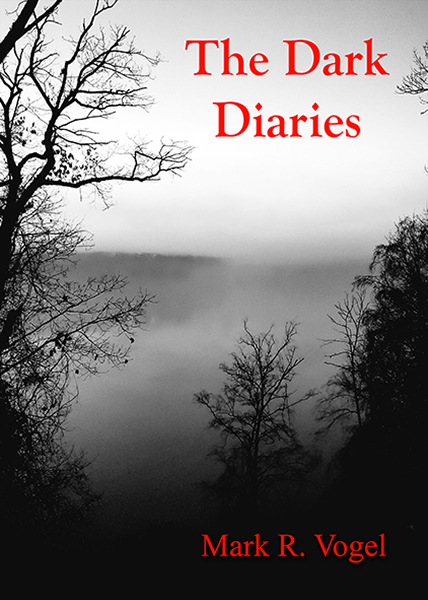Psychomanteum is a room established for mirror gazing where the living can purportedly summon the dead via meditation. The most famous modern-day instance of this is American novelist William S. Burroughs’s experiments with the technique which, for him, rendered less-than-favorable results. Director Dave Holt uses the ancient practice as a springboard in order to create an avant-garde work of gothic cinema. Much like Old Bull Lee, the viewer’s experience is not nearly as ethereal as its creators might have hoped.
With most any work of surreal art, a ready, easily discernable plot would all but intuitively announce the piece’s instantaneous death. Yet, in such a medium, narrative cohesion shifts from appearing in the guise of an overt storyline to that of a metaphorical strand of related images. Such an association may be preexisting as it is juxtaposed with other threads of thought or a connection may be established within the work so as to posit a new theory upon how such images and their correlative ideas are kin. The former is witnessed in the perennial example of surrealist cinema, Luis Buñuel’s An Andalusian Dog, whereas the former is epitomized in the short stories of American short story writer Donald Barthelme.
Yet, whereas it might be difficult to derive Buñuel’s agenda upon a single viewing, it is doubly laborious to attempt to figure out Holt’s itinerary with The Psychomanteum, even with the note of the title’s definition. Just as the filmmaker sets the stage for his visual collage, he arbitrarily segues into a piecemeal story which, like Shakespeare’s Poor Player that is Life on his Macbethian stage, its struts and frets [its half] hour upon the stage, before, ultimately, signifying nothing.
In lieu of the fact that his predecessors provide plenty of structural foundation for such a work, including the early, short films of David Lynch and David Cronenberg, Alejandro Jodorowsky’s canon, and Juan López Moctezuma’s The Mansion of Madness, our central character, a goth girl who, as the title suggests, is more than likely dead (ergo, any would-be suspense in respect to the film’s inevitable plot twist of a resolution is subsequently ruined), finds herself amid a gaggle of images which fail to congeal on any level– metaphysical, psychological, or otherwise–and gets subsequently pissed off at her mother before her father declares he is actually her stepfather. We then transit to her biological father who, during his flicker of time onscreen, seems to be wanting something he shouldn’t from his little girl. Then alas, we arrive at the predictable cemetery . . . .
The viewer might be more inclined to devote more time to the relationship between the film’s imaginary and its loosely sketched plot if the acting contained within weren’t below community theater-quality performances. Moreover, approximately midway through the feature, the audience–having abandoned any interaction with Holt’s work–is left to conclude that the seemingly perpetual footage is merely a visual record of an amateurish, surface understanding of the French ideology which the filmmaker (chough) is attempting to subscribe as The Psychomanteum even fails in its attempt at pretentiousness, making it an inadvertent piece of Ed Woodian (and not in the good, fun way either), piece of B-movie cinema. Think Harold Warren’s naïve earnestness with Manos: The Hands of Fate and you’re not too far off.
Some theologians interpret Hell as the aggregation of a person’s worst life experiences. As such, I have a harrowing sense of anxiety at the prospect of, if Peter is in a bad mood once I arrive at the Gates, what I will be met with by way of cinema once I make my appearance Down Under. Of course, you know what the next line is . . . .
-Egregious Gurnow
- Interview with J.R. Bookwalter - January 22, 2015
- Interview with Andrew J. Rausch - January 22, 2015
- Interview with Rick Popko and Dan West - January 22, 2015
- Interview with Director Stevan Mena (Malevolence) - January 22, 2015
- Interview with Screenwriter Jeffery Reddick (Day of the Dead 2007) - January 22, 2015
- Teleconference interview with Mick Garris (Masters of Horror) - January 22, 2015
- A Day at the Morgue with Corri English (Unrest) - January 22, 2015
- Interview with Writer/Director Nacho Cerda (The Abandoned, Aftermath) - January 22, 2015
- Interview with Actress Thora Birch (Dark Corners, The Hole, American Beauty) - January 22, 2015
- Interview with Actor Jason Behr, Plus Skinwalkers Press Coverage - January 22, 2015


